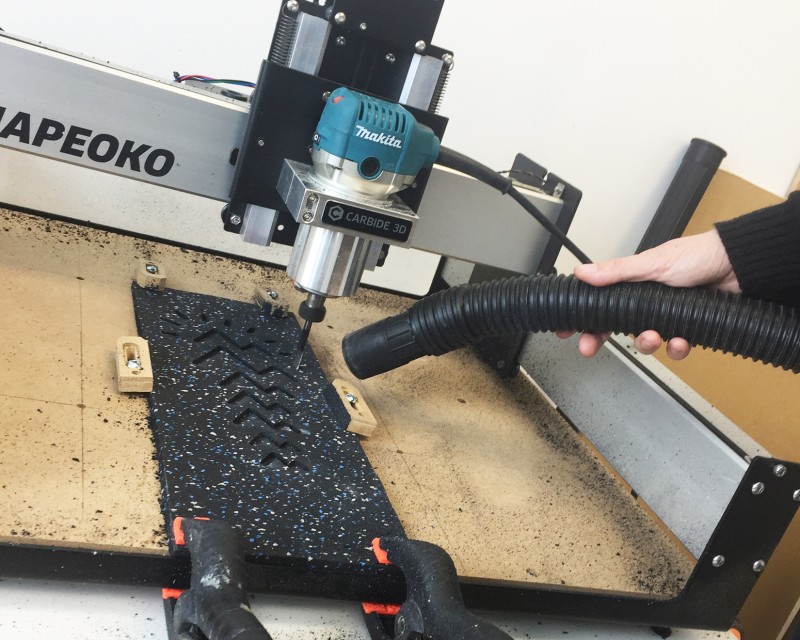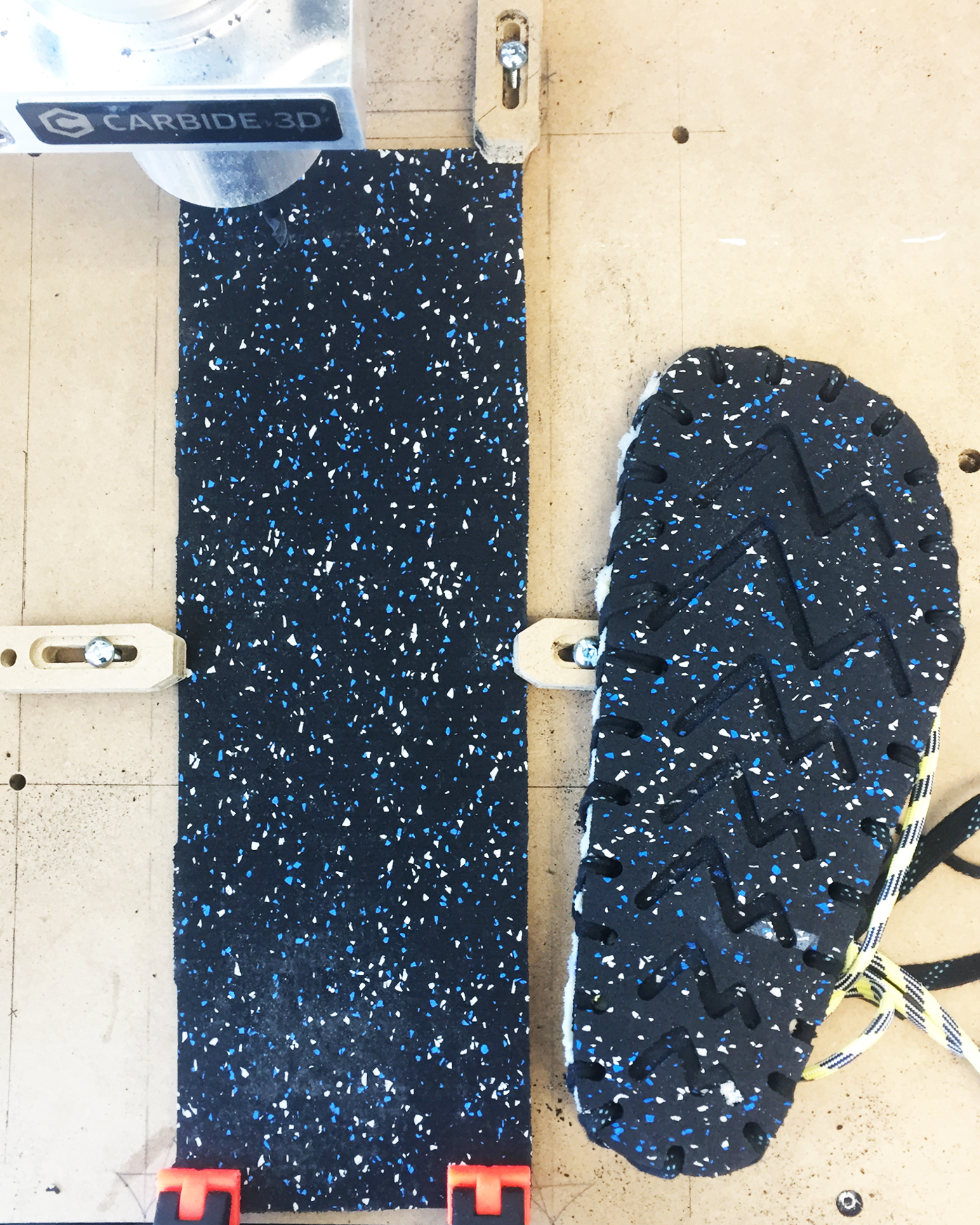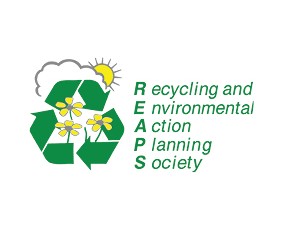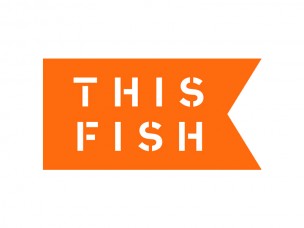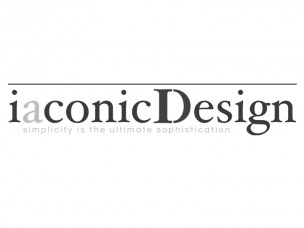Researcher John Bondoc on the process for creating an environmentally responsible product for Local for Local Footwear Project:
Since we got back from Prince George, we’ve been frantically putting things together.
We’ve moved into a small studio in East Vancouver: we moved all our studio furniture and materials in, we built a CNC mill, learned to use it and troubleshoot it, and we started cutting bottom units for sandals. Derek has handmade a half dozen prototypes to guide our experiments. We recently settled on a way to create these bottom units using no glue or cements, leaning heavily on our experience with traditional dress-shoe making.
Footwear manufacturing and making is a fascinating materials problem. If you could design the ideal footwear it would be made of a single material that:
- moves with the foot (the foot is a strange object to ‘clothe’- it’s asymmetric, it twists as you walk, it bears weight etc)
- allows the foot to breathe
- is soft and abrasion resistant in the right places, and absorbs shocks and cushions in the right places
A material that possesses most of these qualities exists but it requires heavy investment in tooling or sacrifices in fit. Shoes aren’t bad things on their own- it’s when you start cementing materials that shouldn’t exist together that footwear becomes a problem. In typical footwear construction, rubbers and foamed plastics are cemented to organic textiles or leathers. Currently, these permanently cemented constructions are used for most footwear- the constructions have proven to be very efficient and perform well. The downside to this solution is that it also results in an environmentally irresponsible product. When these products reach their end of life, it becomes very difficult to separate the materials to be recycled. One shouldn’t put the plastics used in a bottom unit in a landfill. One also shouldn’t mix organic materials with rubbers meant for recycling. To solve this environmental problem, we either need to make shoes entirely out of plastics or organic material, or find a way to attach and detach the materials used in shoes. Shoe companies have attempted programs with detachable bottom units in the past, examples include Nike’s ‘Considered’ collection, or Asics Japan’s footwear collection with bottom units designed to be sawn off. Our design solution is based on the same idea, but it also considers mobilizing local manufacturing and resources. At the same time, we are trying to use a variety of repurposed materials and attach them mechanically.
Most footwear is designed to be manufactured in large quantities, which results in many compromises. Consumers have to make do with standardized sizes because customized solutions are too labour intensive thus too expensive for most. A typical footwear making project requires expensive molds, tooling, specialized equipment- basically a shoe factory. We’re attempting to make footwear without tooling. Instead, we are using a CNC- a computer-controlled mill. By keeping our process as digital and flexible as possible, we are able to produce customized solutions suited to the unique anatomy and aesthetic requests of our customer. By using a subtractive process (CNC), we are also able to use repurposed materials like discarded clothing, old tires, found foams, and found lumber.
We’re currently experimenting with layering different kinds of materials including recycled tires, plywood, low density wood, and a variety of open-celled and closed-celled foams. We are also learning how to work most efficiently with our materials, our digital files, and our mill to be able to iterate very rapidly. We are attempting to design the product in the same fashion as software– by pushing an MVP product out to a limited market and constantly iterating. Avoiding the use of standardization and tooling keeps us agile in product development and able to issue constantly evolving product on a rolling calendar.
Further Reading: John Bondoc’s reflections on his trip to Prince George
